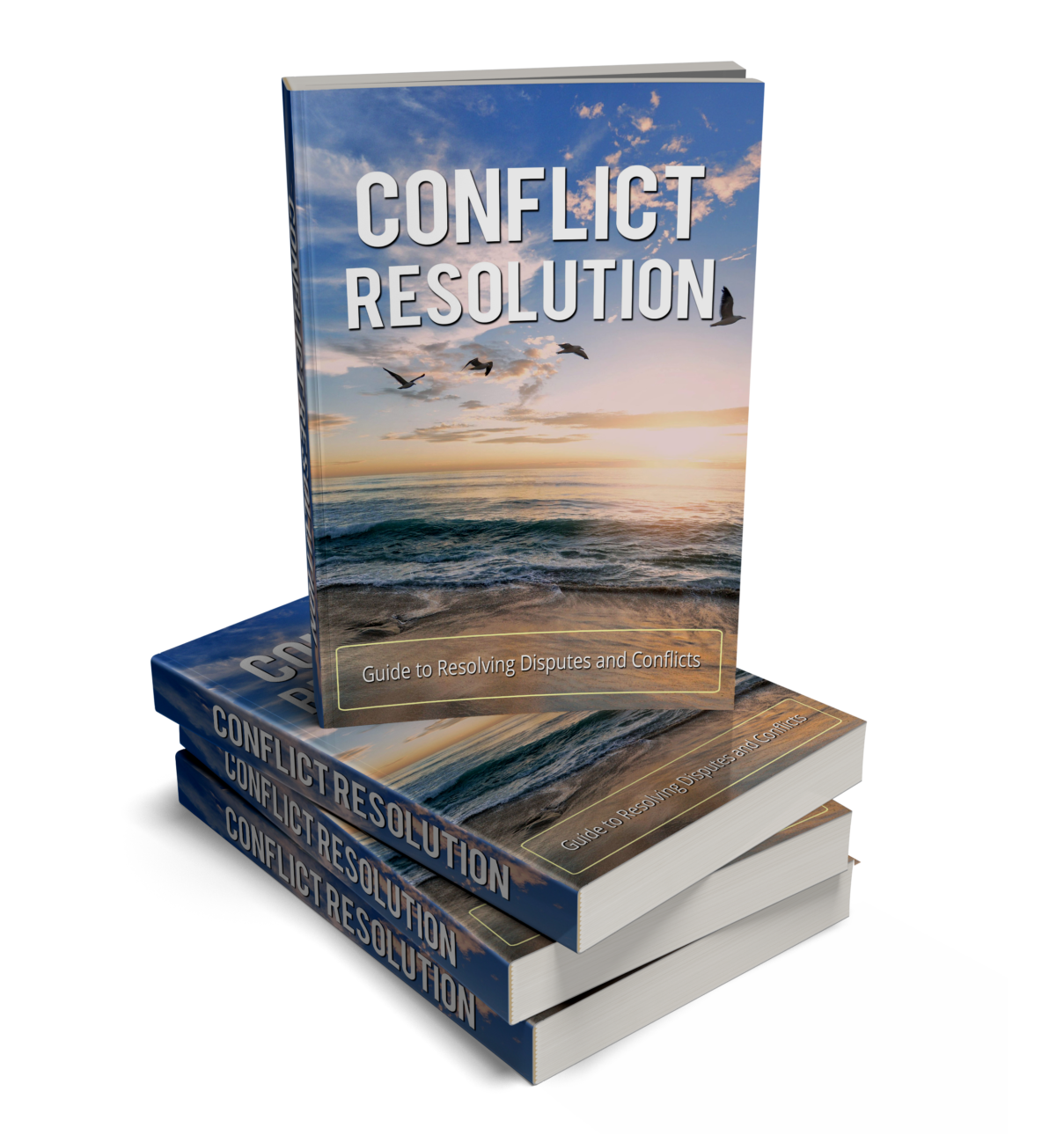We all know that conflicts can easily arise in different situations simply because we are all different and have different opinions. Conflicts are inevitable in any organization or personal relationship.
However, in every relationship, company, or organization, conflicts can be embraced and be seen as a way to grow and improve. How we handle these disagreements will determine whether they are resolved promptly and amicably or made worse.
The reality is that we cannot control differences in opinions or other people’s emotions. This is why conflicts can become difficult to solve. We all have our ways to deal with conflicts. Some resort to shouting, others shut people out to completely avoid handling the problem.
There are certain situations where you feel that shouting or ignoring the problem might work, but it’s not a one-size-fits-all solution to all conflicts.
Different sources of conflicts, as well as desired outcomes, will determine how
to approach any conflict properly. There are five conflict management styles
developed by Thomas and Kilmann which you can use on different conflicts
you might encounter:
“The TKI identifies five different styles of conflict: Competing (assertive,
uncooperative), Avoiding (unassertive, uncooperative), Accommodating
(unassertive, cooperative), Collaborating (assertive, cooperative), and
Compromising (intermediate assertiveness and cooperativeness).”
– Source
Competing
This is the opposite of a win-win situation. It’s also known as a ‘win-lose’ solution. This style of conflict management is seen when all parties involved are assertive and uncooperative. In this situation, the solution will not be beneficial to everyone, but only to one party.
If you do not value the relationship and you need a resolution immediately, then this style of conflict management style can be applied. However, it is not advisable in some situations as competing can destroy relationships, especially within tight-knit groups and organizations.
A good example of where competing conflict management can be appropriate is whenever you need to stand up for your rights or in an emergency situation where you need to make a quick decision right at that moment.
Avoiding
Avoiding conflict in some cases can be the best way to approach the situation. This happens when both parties are unassertive and uncooperative. Most of the time, avoiding conflict can be applied if you would rather distance yourself from the problem.
Compromising
Compromising can be regarded as a ‘lose-lose’ situation, as neither party achieves its end goals. Rather they simply arrive at a solution that will partially or temporarily satisfy both ends.
In some situations, coming up with a solution that will benefit everyone involved cannot be done due to time constraints, especially if the outcome needs to be achieved now.
A compromise is best applied whenever a deadline is fast-approaching or you have to solve the conflict so you can move on to other important things.
This style can be considered as the easy way out but in really tight situations, a
compromise may be the best possible outcome.
Learn How to Resolve Disputes and Conflicts with a Range of Effective Methods!



